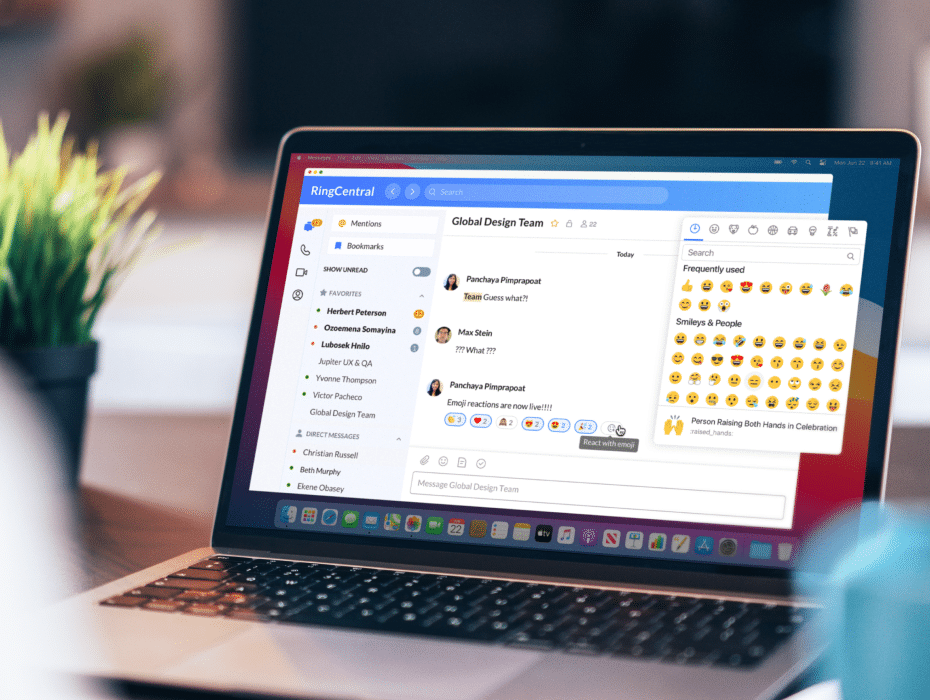Highlights:
- By migrating to RingCentral, Puget Sound Educational Service District was able to replace four disjointed phone environments with one modern, unified cloud platform.
- The RingCentral soft phone and mobile apps were crucial to their successful overnight transition to remote work.
- PSESD’s ReLife School educators used RingCentral Video to work with special-needs students through COVID—when those students needed attention more than ever.
Providing administrative and educational support to 35 school districts
To help improve the quality, equity, and efficiency of K-12 schools across the State of Washington, lawmakers established regional support agencies called Educational Service Districts. Today, the agency serving the state’s most populous geographic region—which includes King and Pierce counties—is Puget Sound Educational Service District.
By creating regional efficiencies, offering centralized services, and pooling resources, PSESD has been able to provide a wide range of services to the hundreds of schools in its region. The 100 programs offered by PSESD—from cost-saving insurance pools for employees, to educational enrichment and behavioral health services for students—are helping 35 school districts, 7 charter schools, 2 tribal compact schools, 272 private schools, and nearly half a million students.
But as much as the agency has been able to create efficiencies and improve workflows for the hundreds of schools in its region, PSESD was facing logistical challenges of its own. The agency’s 400 employees are geographically distributed: at headquarters, in school district offices across two counties, at the agency’s own ReLife special-needs school and Educare early-learning center, and in the field providing in-home child-development services.
Supporting such a widely distributed staff required a telephony environment much more unified and flexible than the one PSESD had.
RingCentral helps this distributed team collaborate more efficiently
Diana Brown, PSESD’s Technology Director, explains that by migrating all 400 employees to RingCentral’s soft phone and mobile apps, the agency was finally able to retire its two outdated phone systems, cancel landline services at its various satellite offices, and eliminate the need for itinerant employees using their personal cell numbers for work while in the field.
As they discovered soon after the implementation, consolidating these disparate phone solutions into a unified cloud communications environment made it possible for employees to collaborate more easily than ever. “We went from varying degrees of communication chaos to every employee being able to reach any of their coworkers, from any device, using a four-digit dial,” she says.

Read Case Study
Another immediate benefit of the RingCentral migration, Diana points out, was that the agency’s home visitors—the field employees who provide in-home child-development services to families in need—were now able to use their PSESD work numbers to communicate with coworkers and families, rather than their own cell numbers.
“When our itinerant employees gave out their personal numbers, they were giving up some of their privacy. But with the RingCentral mobile apps on their phones, they can stay connected and accessible while they’re in the field but also keep their work and personal lives separate.”
RingCentral Video helps educators continue serving through the lockdowns
In addition to anywhere, anytime communication by phone, the unified RingCentral MVP (Message, Video, Phone) platform also gave PSESD’s staff the ability to join video conferences from any device or location—a particularly valuable form of communication during the pandemic.
But as useful as the remote staff found the video conferencing platform—for agency-wide meetings, team status updates, and communicating with their school district partners—Diana says the real benefit of RingCentral Video was that it let educators continue teaching students in need.
“ReLife School is a program we run for special-needs students—children at serious risk from the isolation of the lockdowns. And COVID did force us to severely limit access to the ReLife facility. But because we had RingCentral Video, we were able to connect with students by video conference, and these at-risk students weren’t left behind.”
Originally published Sep 23, 2021
